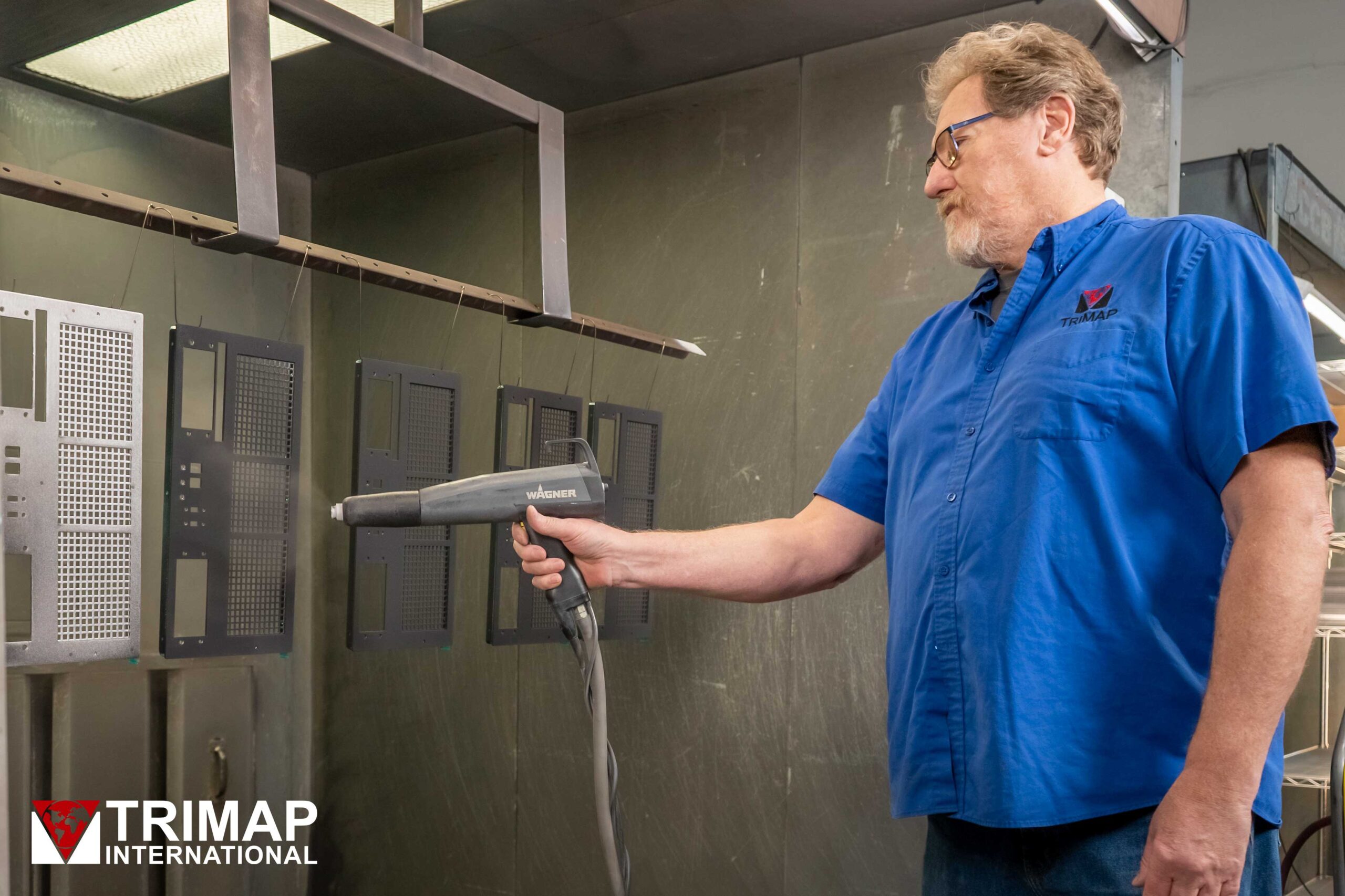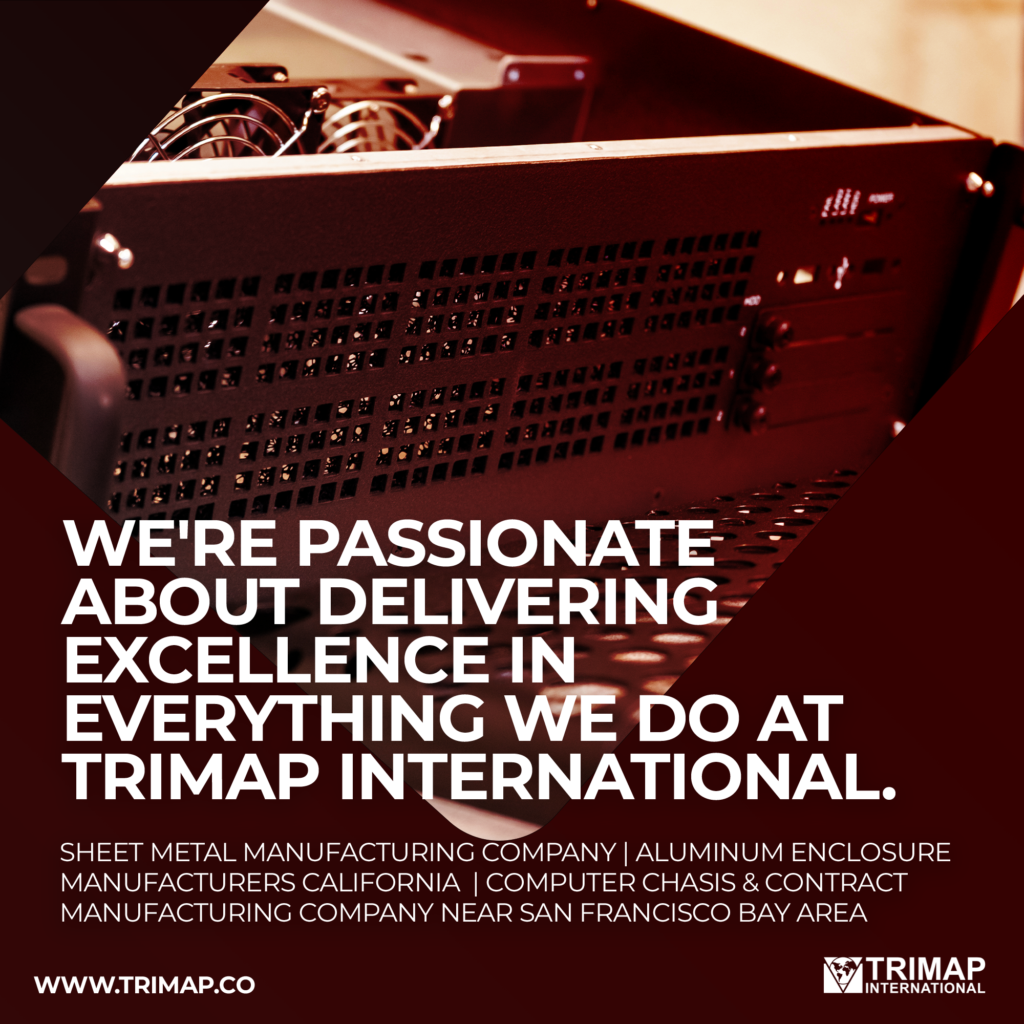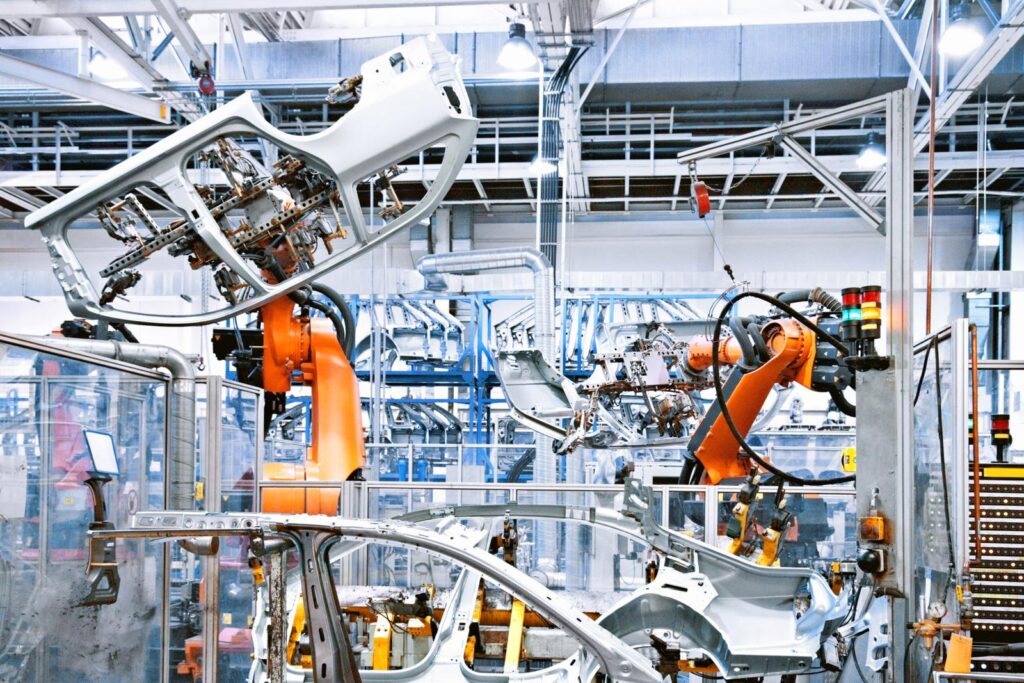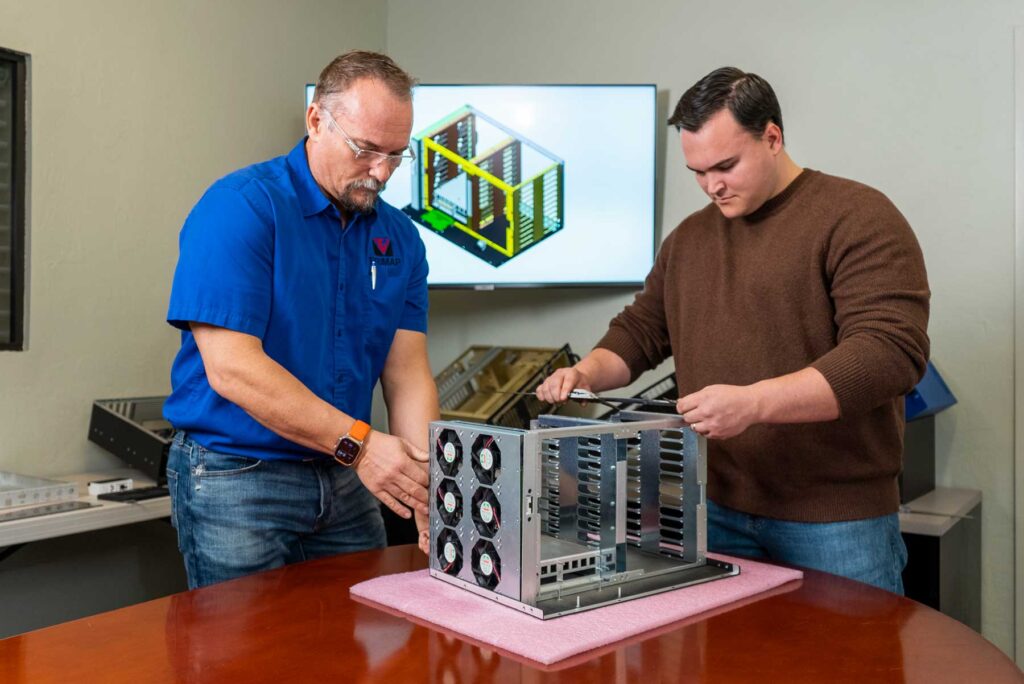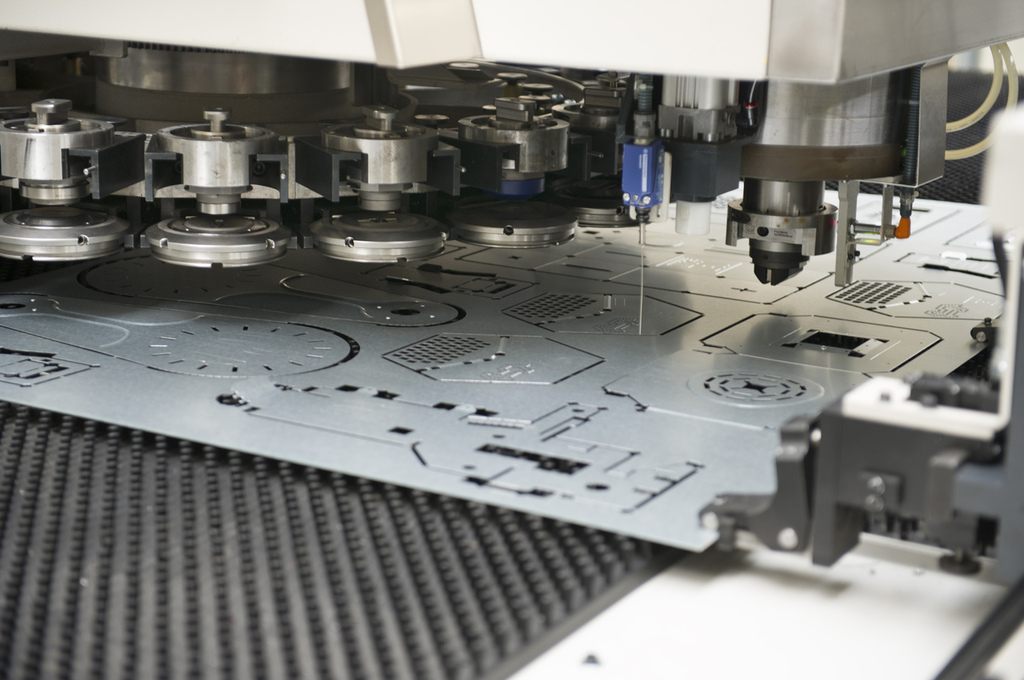a quick background
The 1940s and the first half of the 1950s saw the development of the powder coating method. Organic polymers (or macromolecules) were initially “flame-sprayed” onto metallic bases in the form of powder.
The fluidized-bed technology for thermosetting powder coatings was later created (and later patented) by a German scientist by the name of Dr. Erwin Gemmer in the early 1950s. Since 1958, practically all powder coatings have been treated using fluidized-bed applications because it is faster and more effective than flame-spraying.
American manufacturers at the time took notice, but they still lacked the necessary tools to make the process precise, effective, and reasonably priced to work as a genuine coating option for the majority of industries.
But in the 1960s and early 1970s, two events—the expanding eco-movement and novel application methods—joined forces to spark renewed interest in the powder coating process. Actually, the expansion and effectiveness of the method were truly a result of a combination of these two factors.
Application by electrostatic spray, in which powder particles are charged before being sprayed onto a grounded medium, was created in the 1960s. By electrostatic attraction, the powder particles cling together, melt, and then undergo curing in ovens. Powder coating is still used today and has benefited from the electrostatic spray technique, which made it more practical, practical, and economical for a range of sectors.
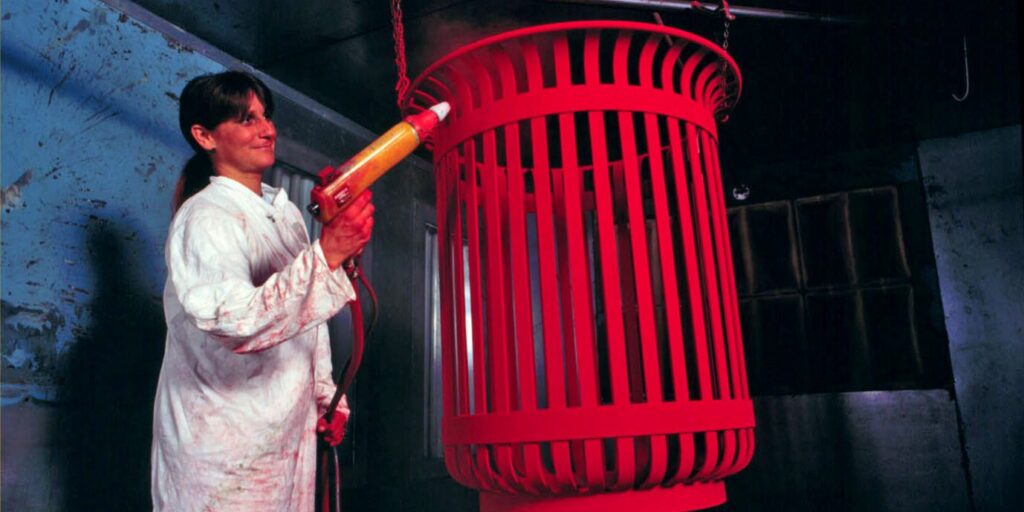
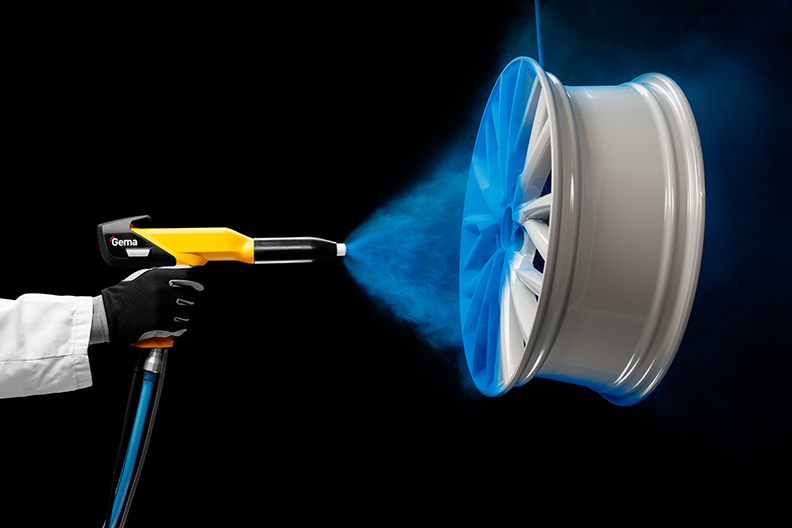
Introduction
Powder coating is a process that applies powdered paint, plastic or metal to the surface of an object. Powder coatings can be applied by either electrostatic or thermal processes. Electrostatic powder coating uses an electrical charge which draws powder particles to the object being coated and then fuses them to it. Thermal powder coating uses a forced hot air gun that melts the powdered substance onto the surface of the object being coated. The advantage of using these methods instead of liquid paint or plating is that they reduce waste considerably while they also allow users to achieve more precise finishes because they can adjust thicknesses as well as colors easily due to their versatility; furthermore, there are various types of powder coatings available based on their formulae so let’s take a look at some:
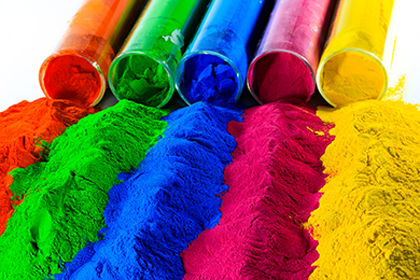
Polyester powder coating is a type of powder coating that uses polyester resin and additives. The main component of this type of coating is polyester, which is a synthetic polymer made up of the monomers terephthalic acid and ethylene glycol. Polyester can be created by reacting these two materials together under heat and pressure in an extruder (a machine used to make plastics), producing long strands called fibers that are spun into yarns or filaments for use in textiles, fibers for clothing fabrics–such as jeans–and other consumer goods like furniture cushions or carpeting.
Polyester powder coatings are often used on metal surfaces because they’re resistant against corrosion from exposure to moisture or humidity (making them ideal for outdoor use). They’re also more flexible than other types of coatings: if you bend your car fender after applying polyester-based paint onto it with no cracking! This property makes them great candidates for automotive applications such as bumpers where flexibility helps protect against impact damage caused by hitting something while driving over potholes at high speeds on highways during rush hour traffic jams.”
Acrylic hybrid powder coating is a combination of acrylic and polyester resins. It is more resistant to chemicals than polyester and more flexible than acrylic. Acrylic hybrid has excellent scratch resistance, gloss and adhesion properties that make it ideal for use in high-stress environments such as automotive parts, tools or motorcycle fairings.
Acrylic hybrid powder coating contains no lead oxide so it’s safe for food contact items such as tableware (plates, cups) but not safe for drinking glasses or utensils because they may leach into drinks if left unwashed after each use.
Epoxy powder coating is the most durable and expensive, but also the most difficult to repair. It can be used for high temperature applications such as rocket engines, jet engine parts, turbines and other industrial equipment.
Vinyl plastisol is a thermoplastic material consisting of polymer resin, plasticizers and pigments. The vinyl plastisol powder coating process can be applied to many substrates including metal, aluminum and plastics.
Nickel chrome is a metal electroplating combined with powder coating. It’s used in the automotive industry and can be applied on many different substrates, including steel, aluminum and plastic.
Nickel chrome is more durable than paint because it is bonded to the substrate by nickel electroplating. It also has better corrosion resistance than chromium plating.
Urethane powder coatings are also known to be a good choice for high-temperature applications. In fact, urethane powder coatings have been used on many different substrates, including metals and plastics. The most common application of a urethane powder coating is automotive parts such as bumpers and fenders. Urethane powder coatings offer high abrasion resistance, impact strength and chemical resistance when compared to other types of powder coatings like epoxy or acrylics types that use silicone resins as binders instead of polyurethanes
Powder coating provides an attractive alternative to liquid paint or plating.
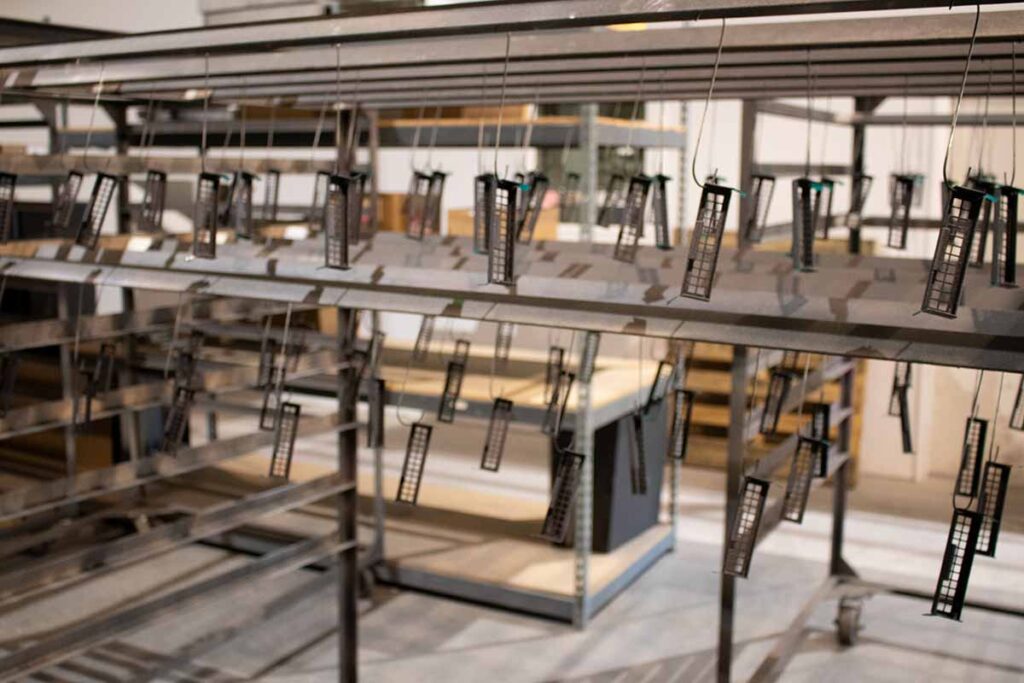
Powder coating is a versatile and durable coating that can be applied to a wide variety of materials. It’s also environmentally friendly, cost effective and easy to use.
Powder coatings are manufactured as dry powders that are mixed with solvents at the time of application. The resulting liquid mix is then sprayed or brushed onto the surface being coated, where it dries quickly (usually within minutes). Unlike liquid paints or plating solutions that require heat curing in an oven or furnace, powder coatings do not require any special equipment for application or drying; they can be applied manually using conventional spray guns or brushes just like other paints.
Conclusion
Powder coating is an attractive alternative to liquid paint or plating. It’s easy to apply, has a wide range of colors and finishes available, and provides long-lasting protection against rust and corrosion.

